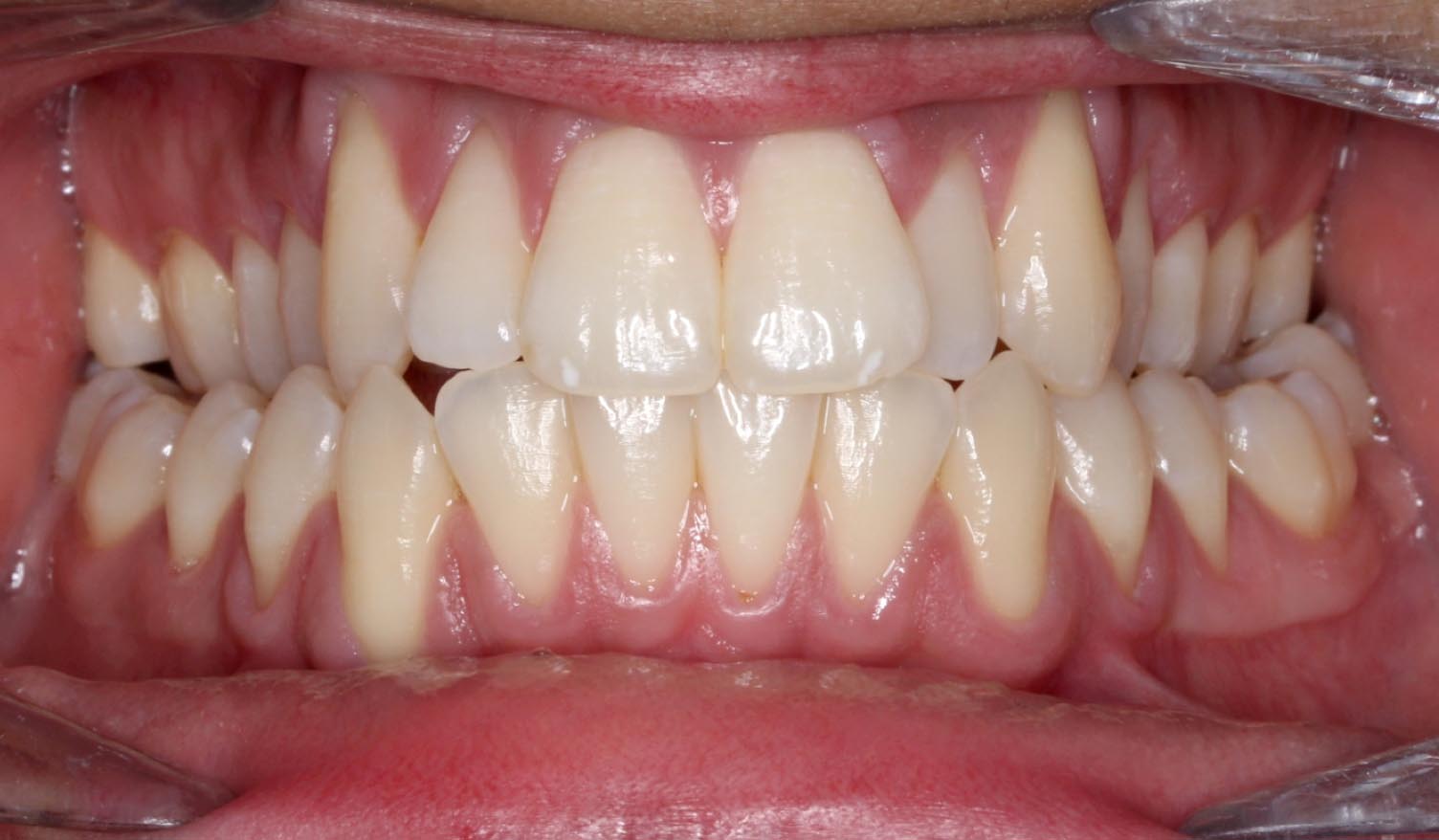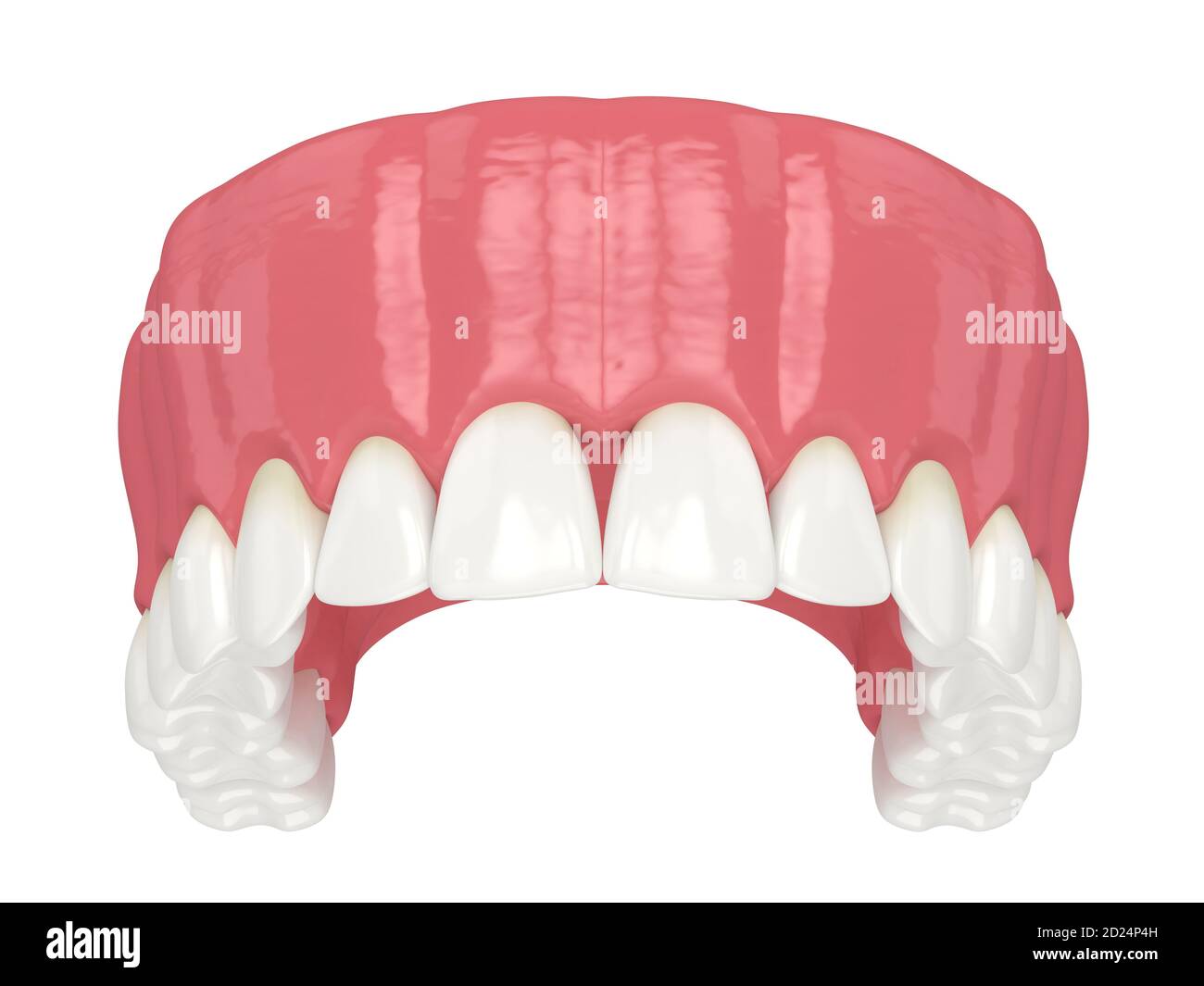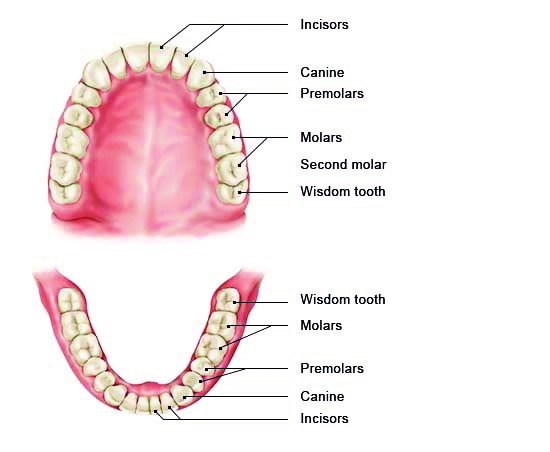The structure of upper jaw teeth is designed to efficiently break down food for digestion. Each tooth consists of several layers, including the enamel, dentin, and pulp. The enamel, which is the outermost layer, is the hardest substance in the human body and protects the underlying layers from decay and damage. The dentin provides support to the enamel and contains tiny tubules that transmit sensations of heat and cold to the nerves in the pulp. The pulp, located in the center of the tooth, contains blood vessels, nerves, and connective tissue.
Structure of Upper Jaw Teeth

The upper jaw teeth are divided into four types, each with its own unique characteristics and functions. These types include incisors, canines, premolars, and molars. Incisors are the sharp, thin teeth located at the front of the mouth. They are used for cutting and biting into food. Canines, on the other hand, are the pointed teeth that are situated next to the incisors. Their main function is to tear and shred food.
Premolars are located behind the canines and have a flat surface with ridges. They are responsible for grinding and crushing food. Lastly, molars are the largest teeth in the upper jaw and are situated at the back of the mouth. They have a broad surface area and are used for crushing and grinding food into smaller pieces.
Structure of Tooth
Each tooth in the upper jaw consists of different layers. The outermost layer is called the enamel, which is the hardest substance in the human body. It protects the inner layers of the tooth from decay and damage.
Beneath the enamel is the dentin, a yellowish substance that makes up the majority of the tooth. Dentin is not as hard as enamel but still provides support and strength to the tooth structure. It also contains tiny tubules that connect to the nerve endings, making the tooth sensitive to hot and cold temperatures.
The innermost layer of the tooth is the pulp, which contains blood vessels, nerves, and connective tissues. The pulp is responsible for supplying nutrients to the tooth and transmitting sensory information to the brain.
Tooth Root and Jawbone
The upper jaw teeth are anchored to the jawbone by their roots. The roots extend into the maxillary sinus, a hollow space in the skull, which provides stability and support to the teeth.
Structure of Upper Jaw Teeth
Incisors
Incisors are the front teeth in the upper jaw, and they are responsible for biting and cutting food. They have a thin, sharp edge that allows for efficient slicing through food. Incisors have a single root and are usually the first teeth to erupt in the mouth.
Canines
Premolars
Premolars, also called bicuspids, are located behind the canines. They have a flat surface with two cusps that are ideal for crushing and grinding food. Premolars have two or three roots, depending on their position in the mouth. These teeth play a vital role in the initial stages of digestion by breaking down food into smaller pieces.
Molars

Molars are the largest teeth in the upper jaw and are located at the back of the mouth. They have a broad and flat surface with multiple cusps that are perfect for crushing and grinding food. Molars have three or four roots, providing stability and strength for chewing. These teeth are essential for the final stages of digestion, ensuring that food is thoroughly broken down before swallowing.
The structure of upper jaw teeth also includes enamel, dentin, and pulp. Enamel is the hard outer layer that protects the tooth from decay and damage. Dentin is the layer beneath the enamel and provides support to the tooth structure. The pulp is the innermost part of the tooth and contains blood vessels, nerves, and connective tissue.
| Tooth Type | Number of Roots | Main Function |
|---|---|---|
| Incisors | 1 | Biting and cutting food |
| Canines | 1 | Tearing and gripping food |
| Premolars | 2 or 3 | Crushing and grinding food |
| Molars | 3 or 4 | Crushing and grinding food |
Functions of Upper Jaw Teeth

In addition to their role in digestion, the upper jaw teeth also play a crucial role in speech. The position and movement of the tongue against the upper jaw teeth are essential for the production of certain sounds, such as “th” and “s.”
Furthermore, the upper jaw teeth provide support to the facial structure. They help maintain the proper alignment of the jaw, preventing it from shifting or collapsing. This, in turn, helps maintain the shape and symmetry of the face.
Overall, the functions of the upper jaw teeth are vital for proper digestion, speech, and facial structure. It is essential to take care of these teeth to avoid common problems that can affect their function and overall oral health.
| Common Problems with Upper Jaw Teeth | Symptoms | Treatment |
|---|---|---|
| Tooth decay | Toothache, sensitivity to hot and cold, visible holes in the teeth | Fillings, root canal therapy, dental crowns |
| Gum disease | Bleeding gums, swollen gums, bad breath, loose teeth | Professional cleaning, scaling and root planing, antibiotics |
| Tooth loss | Visible gaps in the smile, difficulty chewing, changes in speech | Dental bridges, dental implants, dentures |
| Malocclusion | Misaligned bite, jaw pain, difficulty chewing | Orthodontic treatment, braces, retainers |
If problems with the upper jaw teeth do arise, it is essential to seek prompt treatment. Ignoring dental issues can lead to further complications and potentially more invasive treatments. Dentists can provide appropriate treatment options based on the specific problem, ranging from fillings and crowns to orthodontic treatment and dental implants.
Common Problems with Upper Jaw Teeth
One common problem with upper jaw teeth is tooth decay. This occurs when bacteria in the mouth produce acids that eat away at the tooth enamel, causing cavities. If left untreated, tooth decay can lead to pain, infection, and even tooth loss. Regular brushing, flossing, and dental check-ups can help prevent tooth decay.
Malocclusion, or misalignment of the upper jaw teeth, is another common problem. This can occur due to various factors, such as genetics, thumb sucking, or prolonged use of pacifiers. Malocclusion can cause difficulty in biting, chewing, and speaking, as well as aesthetic concerns. Orthodontic treatment, such as braces or clear aligners, can help correct malocclusion and improve oral function and appearance.
Another common problem with upper jaw teeth is tooth sensitivity. This occurs when the protective layer of enamel on the teeth wears down, exposing the underlying dentin. This can result in pain or discomfort when consuming hot, cold, or sweet foods and beverages. Tooth sensitivity can be managed with desensitizing toothpaste, avoiding acidic foods and drinks, and maintaining good oral hygiene.
Prevention and Treatment of Upper Jaw Teeth Issues

Proper oral hygiene practices are essential for preventing and treating upper jaw teeth issues. Here are some important steps to follow:
| Step 1: | Brush your teeth at least twice a day with a fluoride toothpaste. Make sure to brush all surfaces of your upper jaw teeth, including the front, back, and chewing surfaces. |
| Step 2: | Floss daily to remove plaque and food particles from between your teeth. This helps prevent gum disease and tooth decay. |
| Step 3: | Use an antimicrobial mouthwash to kill bacteria and freshen your breath. Rinse your mouth thoroughly after brushing and flossing. |
| Step 4: | |
| Step 5: | Visit your dentist regularly for check-ups and professional cleanings. Your dentist can identify any potential issues with your upper jaw teeth and provide appropriate treatment. |
| Step 6: | |
| Step 7: | Wear a mouthguard during sports activities to protect your upper jaw teeth from injury. |

Dr. Fidel Cann: Esteemed orthodontist with a lifelong dedication to enhancing smiles and oral health. Pioneering expertise, compassionate care.




